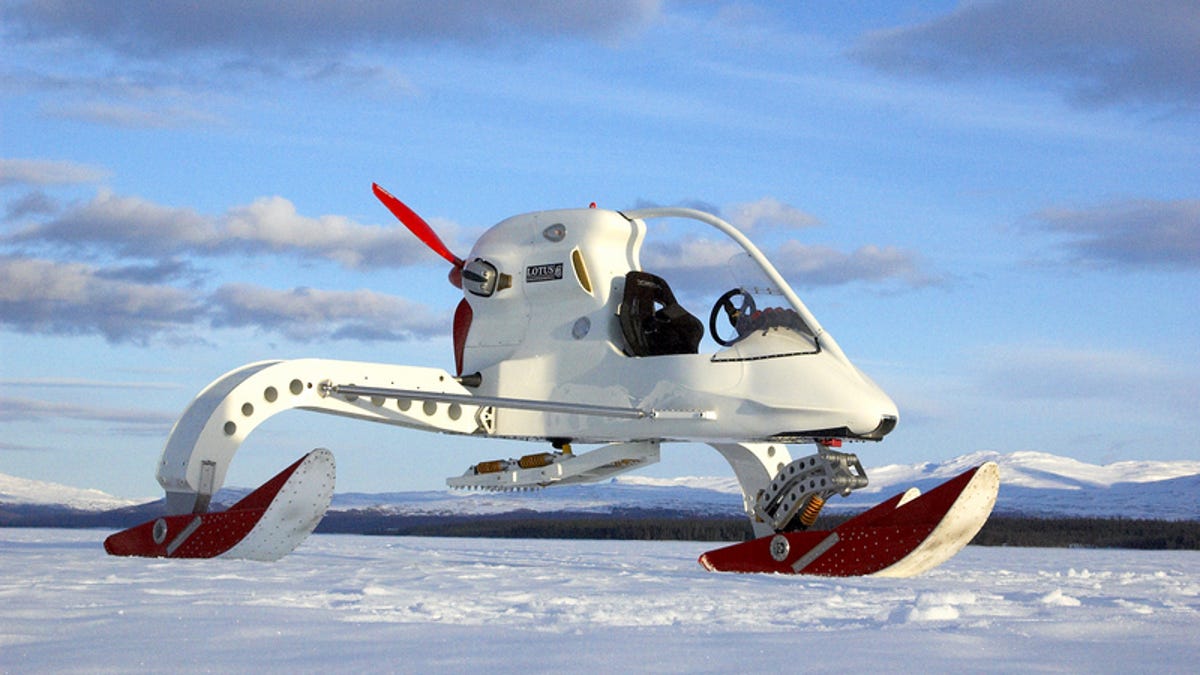Lotus leads across the ice
Lotus builds a concept vehicle designed to travel across the Antarctic.

Lotus is known for making small, fast cars with Toyota engines, but the company's engineering department gets into all sorts of projects, with the Lotus Concept Ice Vehicle (CIV) being one of the more novel.
Lotus designed this propeller-driven vehicle to lead the Moon Regan Transantarctic Expedition, a scientific expedition which will chart the effects of global climate change while traveling from the west coast of Antarctica, over the South Pole, then north to McMurdo Station.
The CIV is 14.8-feet long by 14.8-feet wide and can run on bio-fuel. The vehicle was designed with a minimum of moving parts so it wouldn't be prone to freezing up in the cold temperatures it will face. Along with its skis, it has a spiked foot that can lower to work as a brake on slick ice. The purpose of the CIV is to act as a scout for two heavier vehicles the team will use to carry equipment. To this end, it has ice penetrating radar that can detect hidden crevasses. The CIV is also light enough to be pushed along by a few people if it gets itself stuck.
The heavier vehicles, dubbed Science Support Vehicles (SSV), are Ford vans modified by a team of engineers in Iceland. Each SSV has six independently driven wheels powered by a diesel 7.3-liter turbocharged V-8. These engines are designed to be low emission. The transmission has 20 gears and the SSVs ride on an air suspension. They have solar panels on the roof to help power the electronics, which include GPS and satellite communications.
So, where do we volunteer?
(Source: Edmunds Inside Line)

